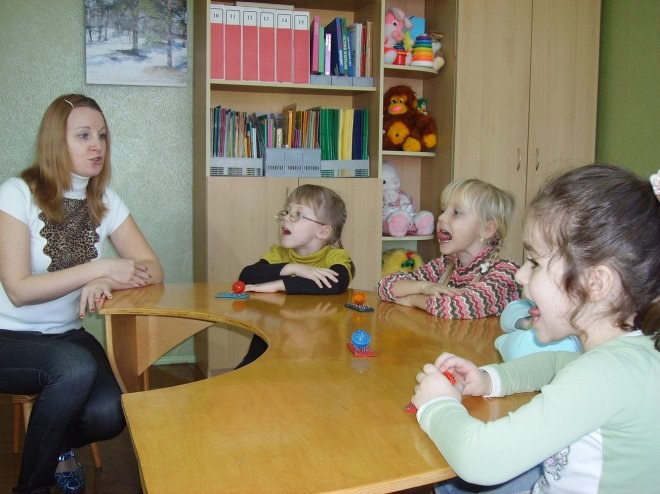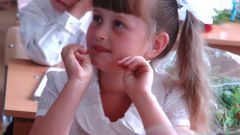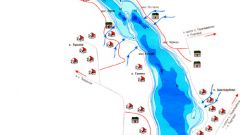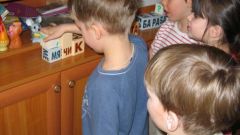In education sonorants sounds above the noise dominates the tone of the voice created by the oscillation of the vocal cords. These include the sounds of: R, R’, L, L’, N, N’, m, M’, Nd.
As in the formation of all consonants in the formation of stands on the path of the air stream is an obstacle. However, the friction force of the jet closed on the organs of speech in this case, the minimum, the sound finds a relatively easy way out.
Air can find an outlet either through the nose, formed the sounds [m], [m], [n], [n’] or in the passage between the lateral edges of the tongue and the cheeks - the sound [l], [l’]. If the barrier an instant, then formed the sound [R], [R’]. When the slit is wide enough then formed the sound [j] corresponding to the letter y. For these reasons, the noise is not formed. In accordance with these ways of making the stands are divided into slotted, microphone and trembling. Thus, the crack is the sound [j]. In the pronunciation of [j] between the middle part of the tongue and the hard sky a gap, through which passes a weak air stream.
The sounds [m], [m], [n], [n’] are microprogram, since the air does not pass through the full closure, but finds a way through the mouth and nose. Microprogramme are divided into oral, or lateral ([l], [l']) and nasal ([m], [m], [n], [n'])
To trembling stands is the sound [R], [R’]. During its formation the tip of the tongue bent and raised towards the alveoli, vibrates under the influence of the air jet. The result is that the closure of the opening with the alveoli. Since the sides of the tongue pressed against the side teeth, then the air column in the middle.
These consonants do not have pairs of voiceless consonants. In other words, according to the voiced or voiceless/voicing they are unpaired. In those positions in the word, which have an impact on the business, they behave in a special way. For example, in the environment of voiceless consonants or at the end of words. In this position, in contrast to voiced consonants, they are stunned. For comparison codes code [K ode - cat]; Cola - number [Col s - Col]; depression [FP ad, INF o], lamp [l dump of a specific org].
In addition, in front of the stands is not loud voicing of voiceless consonants ([BA PR OS], word [SL ova]). Conomie sounds, despite the richness and the complete absence of noise component, is not capable of forming a syllable to bear stress, unlike vowels. The sound [j] ("Yot") is the closest one to all sonorants vowel sounds. Between conomie sounds are different hardness and softness, as well as place and method of education.
As in the formation of all consonants in the formation of stands on the path of the air stream is an obstacle. However, the friction force of the jet closed on the organs of speech in this case, the minimum, the sound finds a relatively easy way out.
Air can find an outlet either through the nose, formed the sounds [m], [m], [n], [n’] or in the passage between the lateral edges of the tongue and the cheeks - the sound [l], [l’]. If the barrier an instant, then formed the sound [R], [R’]. When the slit is wide enough then formed the sound [j] corresponding to the letter y. For these reasons, the noise is not formed. In accordance with these ways of making the stands are divided into slotted, microphone and trembling. Thus, the crack is the sound [j]. In the pronunciation of [j] between the middle part of the tongue and the hard sky a gap, through which passes a weak air stream.
The sounds [m], [m], [n], [n’] are microprogram, since the air does not pass through the full closure, but finds a way through the mouth and nose. Microprogramme are divided into oral, or lateral ([l], [l']) and nasal ([m], [m], [n], [n'])
To trembling stands is the sound [R], [R’]. During its formation the tip of the tongue bent and raised towards the alveoli, vibrates under the influence of the air jet. The result is that the closure of the opening with the alveoli. Since the sides of the tongue pressed against the side teeth, then the air column in the middle.
These consonants do not have pairs of voiceless consonants. In other words, according to the voiced or voiceless/voicing they are unpaired. In those positions in the word, which have an impact on the business, they behave in a special way. For example, in the environment of voiceless consonants or at the end of words. In this position, in contrast to voiced consonants, they are stunned. For comparison codes code [K ode - cat]; Cola - number [Col s - Col]; depression [FP ad, INF o], lamp [l dump of a specific org].
In addition, in front of the stands is not loud voicing of voiceless consonants ([BA PR OS], word [SL ova]). Conomie sounds, despite the richness and the complete absence of noise component, is not capable of forming a syllable to bear stress, unlike vowels. The sound [j] ("Yot") is the closest one to all sonorants vowel sounds. Between conomie sounds are different hardness and softness, as well as place and method of education.









